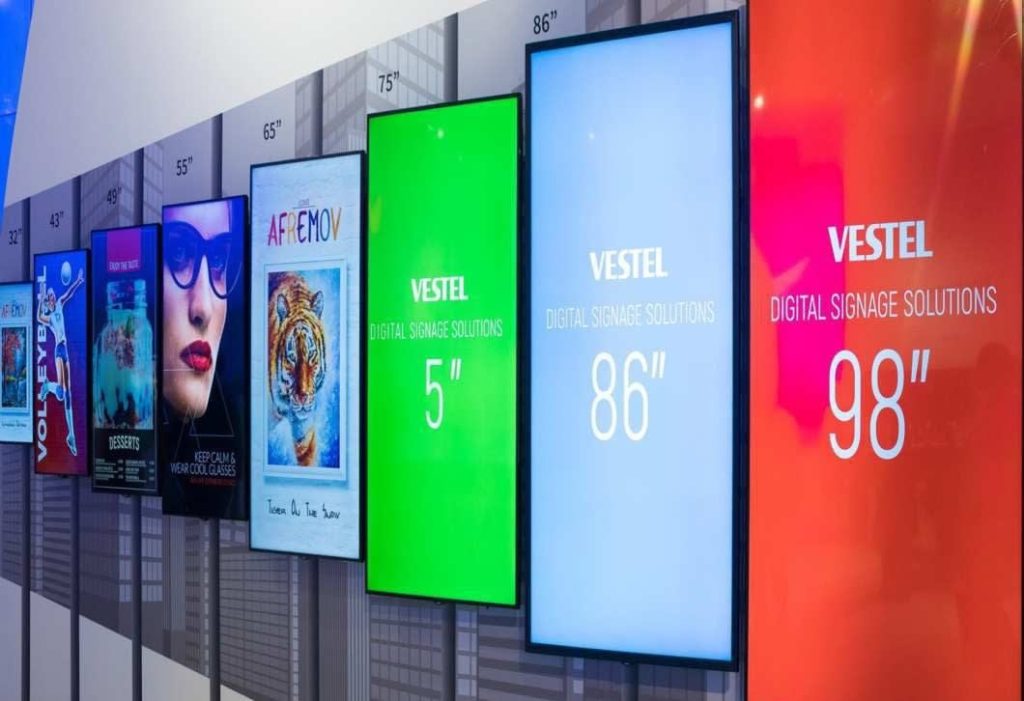Digital signage companies have revolutionized the marketing landscape by introducing innovative interactive displays that captivate audiences and transform how brands communicate their messages. Unlike traditional static billboards or print advertisements, interactive digital signage offers dynamic, engaging content that can be tailored in real-time to meet the preferences and needs of individual viewers. This level of personalization not only grabs attention but also fosters deeper connections between consumers and brands, ultimately driving greater engagement and boosting sales. By leveraging cutting-edge technologies such as touchscreens, motion sensors, and augmented reality, digital signage companies create immersive experiences that invite active participation rather than passive observation, making marketing efforts more memorable and effective. One of the key ways digital signage companies drive innovation is by integrating data analytics and audience measurement tools into their interactive displays. These smart systems collect valuable insights on viewer behavior, demographics, and interaction patterns, enabling marketers to fine-tune their campaigns with precision.

For example, a retail store can analyze which promotions attract the most attention or which products consumers interact with most frequently on an interactive kiosk, then adjust their messaging and inventory accordingly. This data-driven approach not only maximizes marketing ROI but also enhances customer satisfaction by delivering content that is relevant and timely. The ability to respond instantly to consumer preferences and external factors, such as weather or local events, further distinguishes interactive digital signage as a highly adaptive marketing tool. Moreover, digital signage companies empower brands to create seamless omnichannel experiences by linking their physical and digital touchpoints. The electronic shelf labels manufacturers can act as gateways to online content, social media engagement, or mobile apps, encouraging consumers to continue their brand journey beyond the immediate environment. For instance, an interactive screen in a shopping mall might allow users to scan QR codes to access exclusive online discounts or participate in social media contests, fostering ongoing interaction and brand loyalty. This integration of offline and online channels strengthens brand presence and creates a cohesive customer experience that meets modern consumer expectations for convenience and connectivity.
In addition to retail, interactive digital signage has found wide application in industries such as hospitality, healthcare, education, and transportation. Hotels use these displays to provide personalized guest information and promotions, hospitals employ them for way finding and patient education, schools integrate them for interactive learning, and transit hubs enhance passenger communication and advertising opportunities. Digital signage companies constantly push the boundaries of what these displays can achieve by experimenting with new technologies like artificial intelligence, voice recognition, and advanced content management systems. These innovations allow for even more sophisticated interactions, such as conversational marketing or context-aware content delivery, further elevating the impact of marketing campaigns. The digital signage companies are at the forefront of marketing innovation by delivering interactive displays that engage consumers in novel ways. Through personalization, data-driven insights, omnichannel integration, technological advancements, and sustainable practices, these companies empower brands to create compelling and impactful marketing experiences. As technology continues to evolve, the role of digital signage in shaping the future of marketing will only grow, making it an essential component for businesses looking to connect meaningfully with their audiences in a competitive marketplace.


